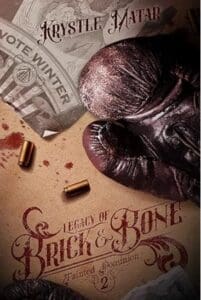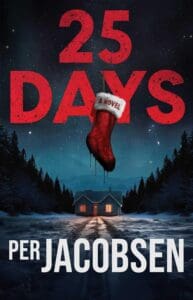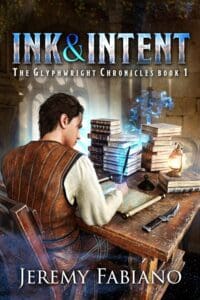
Synopsis:
The interstellar array which links worlds together wakes to find it has enemies…
The Fourth Carinad Empire stretches across hundreds of settled worlds and stellar cities, and thousands of light years. The Empire’s people and data are linked by a space-folding gates array controlled by the Emperor and his cohorts. When the array evolves into a sentient entity, it recognizes the Emperor as its foe.
Danny Andela, once known as The Imperial Hammer, withdrew from the Imperial Rangers decades ago, her reputation in tatters. She lives on her family’s star barge, waiting to die of a rare disease: old age. She would be the array’s perfect weapon against the Emperor, except she no longer gives a damn—about anything.
Then Danny learns that the military disaster which essentially ended her life might possibly have been arranged by the Emperor himself…
Review:
Hammer and Crucible begins with a mystery. Danny Andela and her son Noam were both high ranking military officers, but their careers were ended by a disaster. Danny has tried to set it aside and move on with her life until it ends in old age. But when her grand-daughter shows up with a mission to uncover what exactly happened to her father, Danny’s thrust back into the middle of…everything. And she’s not happy about it.
I liked that Danny is an old woman, and she chose to become so despite the technology available in the galaxy. Most people opt for rejuvenation, which not only stops aging, but prolongs their life for centuries. But not Danny. I also found it interesting that her doctor considers her a case study. Since humans started rejuvenation treatments, most of the science and information relating to old age seems to have been forgotten. It isn’t often that a character is portrayed not only as old, but at the end of their lifespan due to the effects of aging, and I liked that Danny was different in that regard, at least initially.
Her circumstances change, and in order to continue investigating, she’s forced to adapt and reconsider her stance on rejuvenation.
But my favorite part of this book was Lyth. He’s a living ship? Sentient ship? His programming won’t allow him to harm people, he’s not quite the same thing as the AIs in the book (but his computing power is impressive), and he’s capable of projecting himself as a nanobot construct. The nanobots allow him to take on almost any form he chooses—his avatar appears human, for example—but he can also rearrange his interior rooms to accommodate his guests’ needs. And he is a people-pleaser. Lyth’s greatest fear is that the people who found him will leave and he’ll be alone again, so he does everything in his power to make them happy. He wants them to stay, but he’s not allowed to force them (it’s against his programming.) But it was Lyth’s sunny personality that I loved the most.
There are so many twists and turns in this story, most of them completely unpredictable, which I loved. It’s faced paced, and like any good space opera, the reader is taken on a wild journey between worlds filled with action, new technology, and intrigue.
Hammer and Crucible was a fun time, and a book I’d recommend to fans of the genre.










Leave a Reply